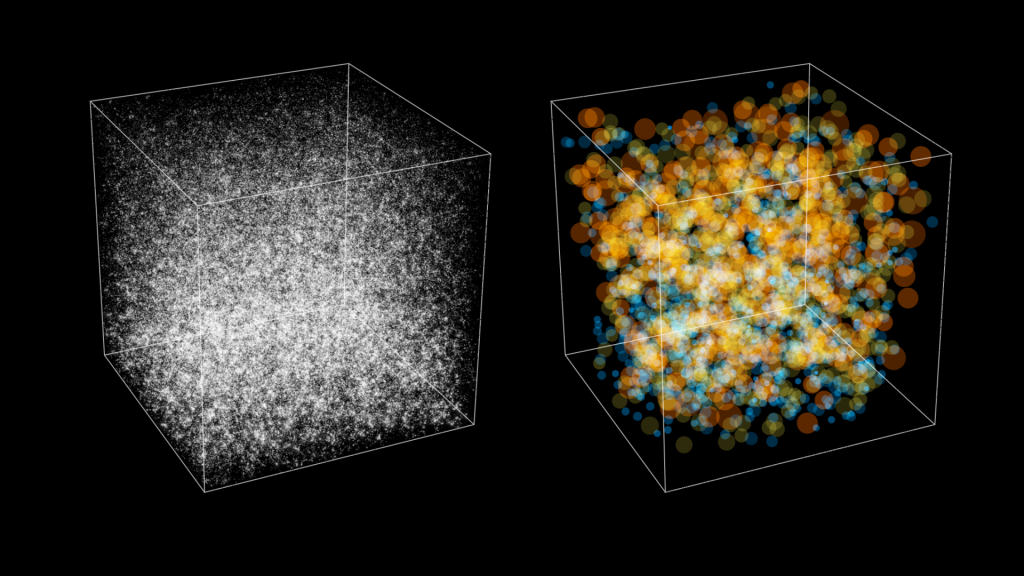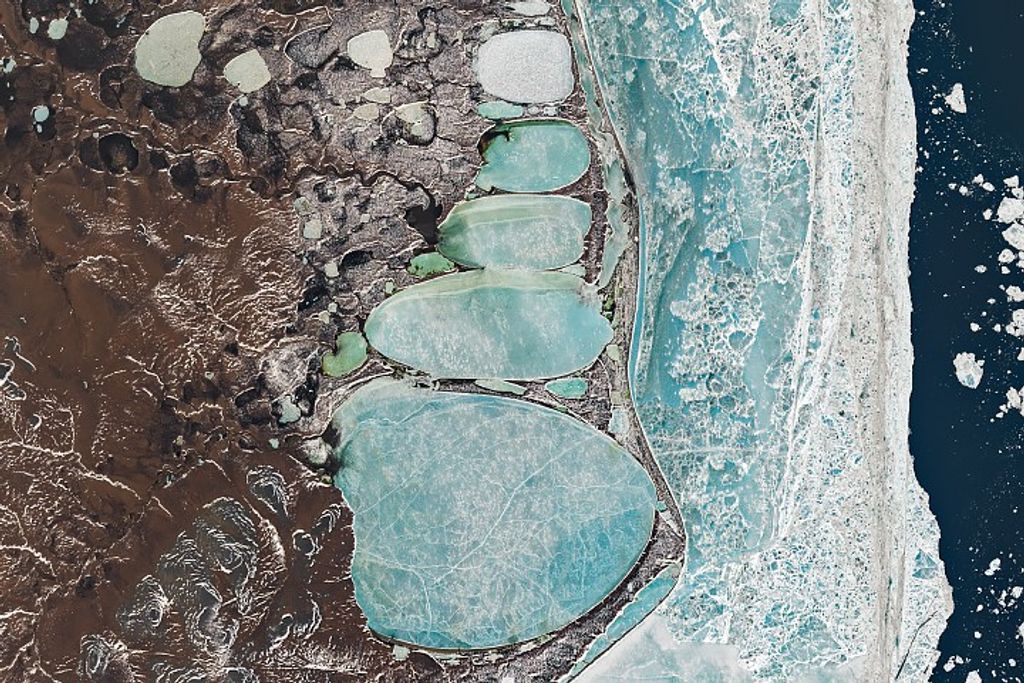Cynthia Stemple
Contents
Personal Essay
I never had aspirations to be an engineer or become a manager. I simply took steps that were shaped by caring people and took a life-altering detour. As a result, my career unfolded before me.
I grew up in an idyllic small town on the white, sandy beaches of the Mississippi Gulf Coast, not far from the National Space Technology Laboratory (NSTL), currently known as NASA’s Stennis Space Center, near Bay St. Louis, Mississippi. As a young girl, I toured the NSTL and joined an excited community who looked and listened with wonder at their rocket engine tests.
During my childhood, I observed that anything is possible with hard work and determination.My father provided for our family by operating his own home building business, which he started at age 22. I learned a lifetime of lessons witnessing my father’s work ethic, creative mind and caring nature. He always made the time to help others. My father could create something from nothing. For example, he built my beloved push go-cart — “Chitty-Chitty Bang Bang” — from scrap building and garage supplies.
The women of my family provided me a strong foundation. My stay-at-home mom set the bar high for making a home and caring for her family. She inspired me, encouraging my early college prep classes and a summer job at NSTL. Even though my mother had no college degree, she helped me select a major in the up-and-coming computer field. My grandmother also encouraged me to get an education and to learn how to take care of myself.
I was excited to attend Mississippi State University and was determined to be successful, but it was a big step for this Southern girl to move far away from home. I took logic design and software engineering classes, which suited my thinking process. I completed a co-op as an information technology instructor at Keesler Air Force Base in Biloxi, Mississippi, to gain experience and to help my parents with college expenses. After college, I worked at General Dynamics as a software developer on the F-16 jet fighter aircraft program, which then led me to Fort Worth, Texas, where I met my best friend — my husband.
It was in Texas that I learned of a software engineering job at NASA’s Marshall Space Flight Center, in Huntsville, Alabama. I joined our nation’s space program in 1988 and we were thrilled to move to such a technical community. Once there, I helped design and develop data systems for testing one of NASA’s great observatories, the Chandra X-ray Observatory, and also helped develop key International Space Station facilities. My three children were born during those early years at NASA. It was rewarding not only to see the return of the science from these NASA projects, but also to share the excitement with my family.
In 2002, my life took an unexpected detour when I was diagnosed with cancer at the age of 38.My children were 3, 9 and 10 years at the time. My world stood very still the day I heard the news. With no family history of the disease, the diagnosis came as a total surprise. I found strength from my family. Wanting my children to have a happy childhood, free from pain or heavy burden, I was determined to carry on as normal of a daily life as possible, which included my work at NASA. My coworkers and church family flooded me with support and were a blessing to my recovery. However, just 17 months after the initial diagnosis, the cancer recurred. It was devastating news and very much unexpected. The road to recovery was more difficult the second time; but I was determined to overcome! My faith in God was my anchor during this storm.
In 2008, years after my full recovery, I began working on a robotic lander technology development project. A small team of engineers developed a robotic spacecraft prototype, the “Mighty Eagle” — the first autonomous, self-guiding test article ever flown at the Marshall Center. In only 22 months, the team took an idea and turned it into a spacecraft prototype. It was a rare opportunity to be part of a small team that worked the entire engineering life cycle from requirements through flight operations. I wore many hats during this development effort, from software integration lead to flight test commander to flight controller. During the second phase of the project, I took the step from engineering to project management, where I learned how to manage the cost, schedule and technical aspects of a project.
In 2012, I moved into organizational management as the deputy manager of the Flight Programs and Partnerships Program, Planning and Control Office. This opportunity exposed me to several aspects of organizational management.
I currently serve NASA as the acting project manager for the SERVIR project. SERVIR, a Spanish verb meaning “to serve,” uses Earth observations from NASA satellites as well as geospatial information to improve environmental decision-making among developing nations in eastern and southern Africa, the Hindu-Kush region of the Himalayas, and the lower Mekong River Basin in Southeast Asia. It is the ultimate reward to use the culmination of my software engineering, financial and project management background to make a difference in the lives of others.
I encourage everyone to take steps in new directions. You don’t have to see the entire staircase before you take that first step. You will be amazed at where it will ultimately lead and at the people you will meet along the way. You will grow and find that you’re capable of doing greater things.
When life detours come your way, have a positive attitude, push forward and consider the blessings in your life, which bring you joy. Help others along the way and always see the good qualities in people, being sure to tell them. Share your experiences — even the trials — because one word of encouragement can influence another person’s life. Step forward and take chances. Learn. Grow. Share.
Biography

In 1981, Cindy Stemple graduated from Long Beach High School in Long Beach, Mississippi. She continued her education by attending Mississippi State University in Starkville, Mississippi where she graduated cum laude, earning a Bachelor of Science in computer science in 1985. Stemple co-op’d as an information technology instructor at Keesler Air Force Base in Biloxi, Mississippi. In 1989, Stemple started working at NASA’s Marshall Space Flight Center in Huntsville, Alabama as a software engineer. She designed and developed data systems for testing NASA’s Chandra X-ray Observatory and vital International Space Station Science facilities, including the Microgravity Glovebox and the Materials Science Research Rack. In 2008, she became the data systems lead for lander technology development project, and then eventually became the assistant project manager.In 2012, she was named Deputy Manger of Program Planning and Control of the Flight Programs and Partnerships Office.During a detail assignment, Stemple worked for the NASA Headquarters Office of Agency Council Staff to develop decision packages for Agency leaders.In 2015, Stemple was named the acting project manager for the SERVIR project. SERVIR, a joint venture between NASA and the U.S. Agency for International Development in Washington, provides state-of-the-art, satellite-based Earth monitoring, imaging and mapping data, geospatial information, predictive models and science applications to improve environmental decision-making among developing regions in eastern and southern Africa, the Hindu-Kush region of the Himalayas and the lower Mekong River Basin in Southeast Asia. She has received a variety of awards during her NASA career, such as the NASA Exceptional Achievement Medal, Engineering Director’s Commendation, Space Flight Awareness Honoree, and the NASA Silver Achievement Medal.Stemple enjoys new hobbies, challenges and ways to serve her community outside of work. She loves to bake bread, water ski and travel with her husband. In 2011, she became a Hero of Hope for the American Cancer Society, acting as its ambassador, encouraging others affected by cancer. Stemple continues to check off her bucket list interests, such as participating in half-marathons and triathlons.
























